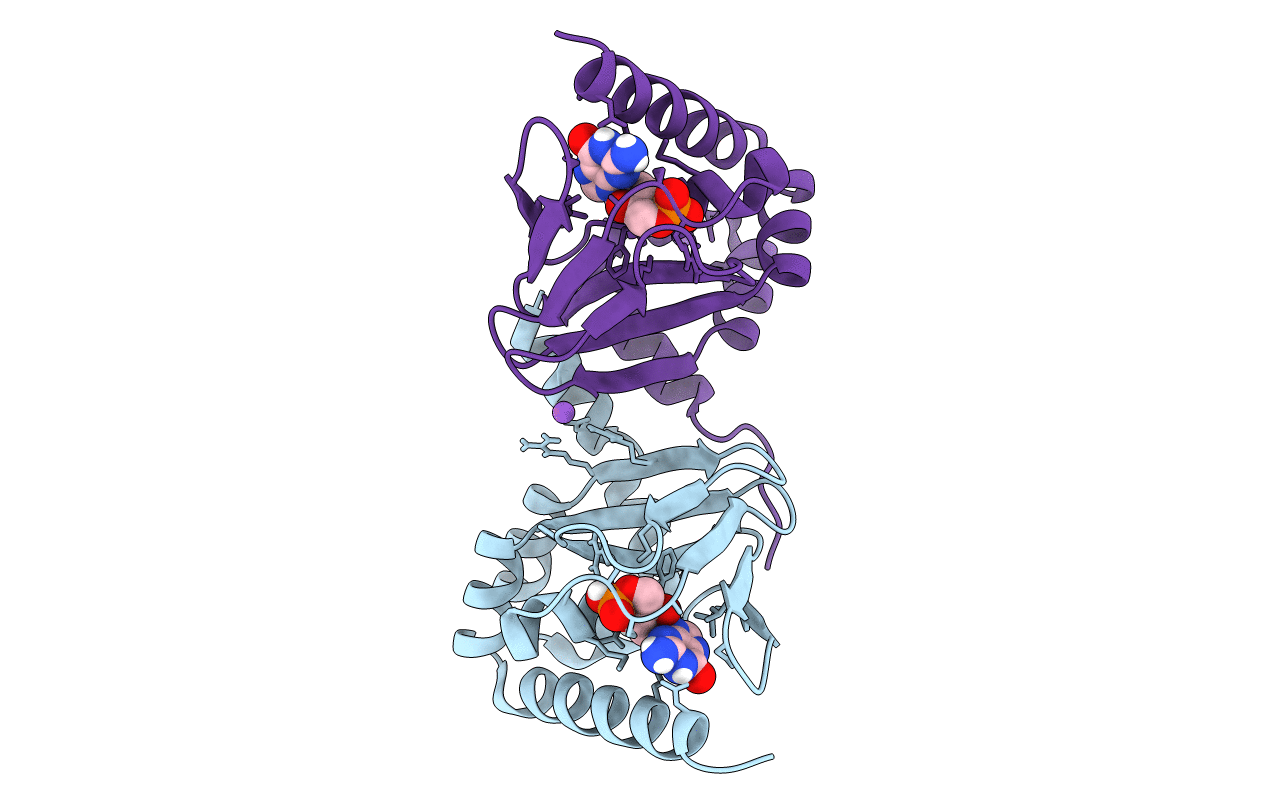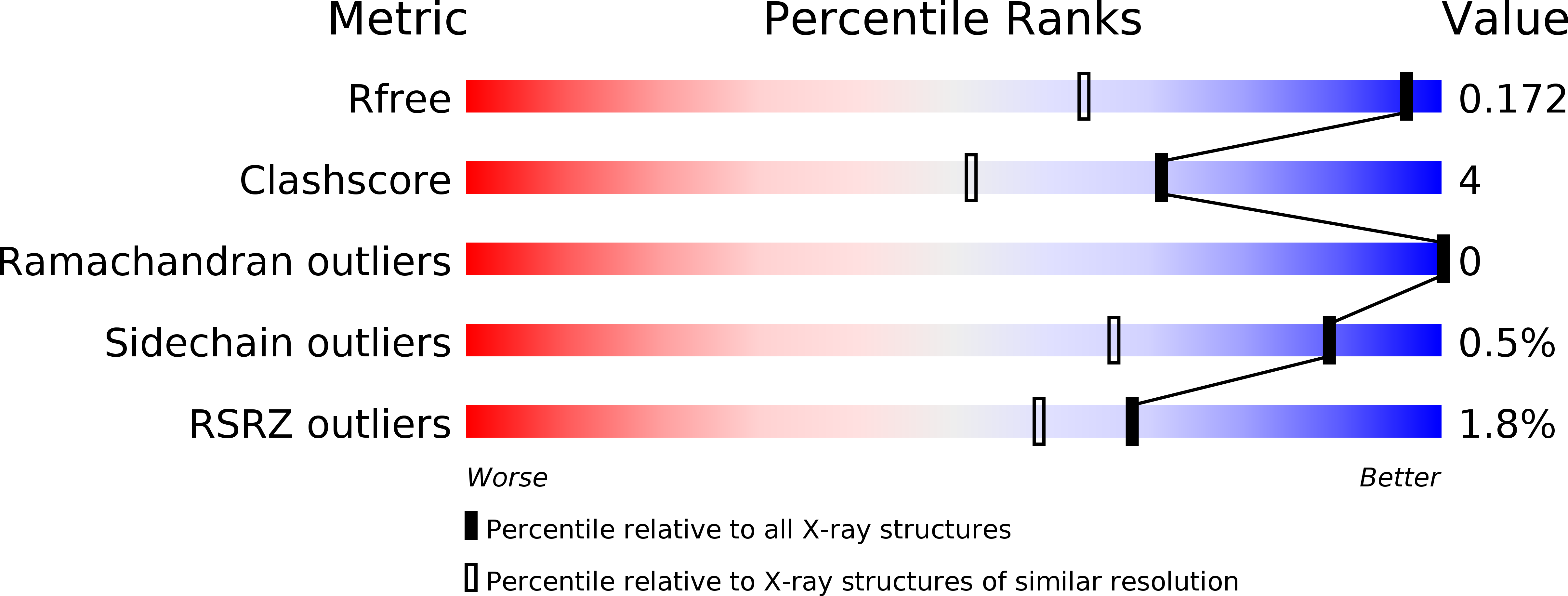
Deposition Date
2013-09-23
Release Date
2014-06-25
Last Version Date
2023-09-20
Entry Detail
PDB ID:
4MUV
Keywords:
Title:
M. loti cyclic-nucleotide binding domain mutant displaying inverted ligand selectivity, cyclic-GMP bound
Biological Source:
Source Organism:
Mesorhizobium loti (Taxon ID: 266835)
Host Organism:
Method Details:
Experimental Method:
Resolution:
1.25 Å
R-Value Free:
0.17
R-Value Work:
0.13
R-Value Observed:
0.13
Space Group:
P 21 21 21


